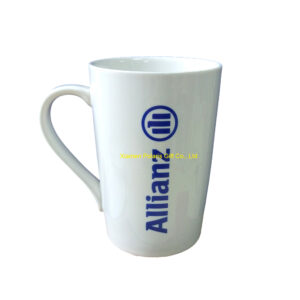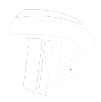半瓷坯接近瓷坯, 但它仍然有 3-5% 烧成后吸水率 (真瓷, 吸水率低于 0.5%), 所以它的性能不如瓷器, 比精细陶瓷好.
 瓷器是陶瓷发展的更高阶段. 其特点是本体完全烧结和玻璃化, 所以它非常致密, 并且对液体和气体没有渗透性. The tire is thin and translucent, with a shell shaped cross section, licking with the tongue, and feels smooth without being stuck. Hard porcelain has the best performance in ceramics. It is used to make advanced daily utensils, electric porcelain, chemical porcelain, 等等.
瓷器是陶瓷发展的更高阶段. 其特点是本体完全烧结和玻璃化, 所以它非常致密, 并且对液体和气体没有渗透性. The tire is thin and translucent, with a shell shaped cross section, licking with the tongue, and feels smooth without being stuck. Hard porcelain has the best performance in ceramics. It is used to make advanced daily utensils, electric porcelain, chemical porcelain, 等等.
Soft porcelain has many fluxes and low firing temperature, so its mechanical strength is not as strong as that of hard porcelains, and its thermal stability is also low, but its transparency is high and it is rich in decoration, so it is mostly used to make art display porcelains. As for fritted porcelain and Bone China, their firing temperature is similar to that of soft porcelain, and their advantages and disadvantages are similar to that of soft porcelain, which should belong to the range of soft porcelain. Because of the difficulty in production (poor plasticity and drying strength of the body, serious deformation during firing), high cost, production of these two kinds of porcelain is not common. Britain is a famous producing area of Bone China, and Tangshan also has bone china production.
Special ceramics are developed with the rapid development of modern electrical appliances, radio, aviation, atomic energy, metallurgy, machinery, chemistry and other industries, as well as electronic computers, space technology, new energy development and other cutting-edge science and technology. The main raw materials used in these ceramics are no longer clay, feldspar, quartz, some green bodies also use some clay or feldspar, but more are pure oxides and raw materials with special properties, and the manufacturing process and performance requirements are different.


